When analyzing questioned documents with fingerprints, it is imperative to know what to do and what are the real limitations.
Some limitations, however, are myths, while others are simply misconceptions.
Fortunately, I gathered some data about the common misconception and myths related to fingerprints on papered documents.
Myth 1: Wiping Removes Soaked Fingerprint From Paper
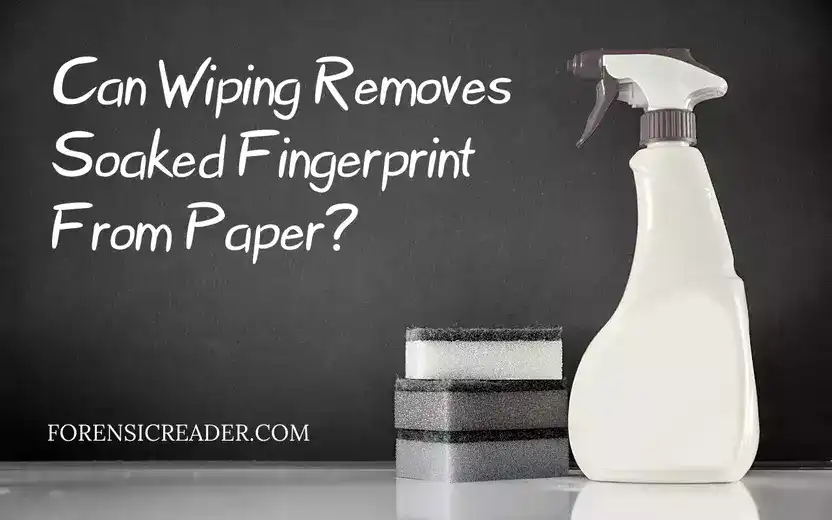
There are many theories about how to remove fingerprints from paper. I also listed an article on it (link).
For a normal person, those procedures work like magic. But in reality, they only make prints invisible— not completely remove them from paper. Because soaked makes the prints a part of the paper and can’t be wiped off.
They can only be destroyed if the paper surface is physically altered. Forensically, those fingermarks can easily be made visible by using chemical development techniques.
Myth 2: Fingerprint Can’t be Removed from Paper

I know it seems contradictory, but it is possible.
They are majorly possible if the prints are recently registered on a glossy sheet and wiped out immediately.
In those cases, due to the non-absorbent/semi-absorbent surface, the fingerprints can’t have time to get soaked. So wipes with ethanol or acetone can remove the fingerprints from paper.
Know more: How to Remove Fingerprints from Paper? Is it Possible? Forensic Expert Answer
However, if the present is made due to touching the color part of the glossy recent present, they can’t be removed. Be cautious!
Myth 3: Bleach Destroy Fingerprints from Paper
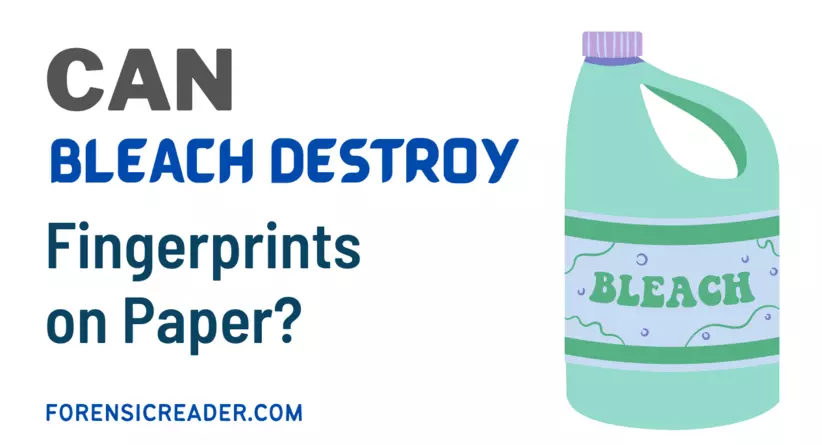
Wiping the fingerprints with bleaching powder does no good but makes the paper surface more defibered (disruption of surface fiber).
It only destroys the organic compounds such as fats, lipids, amino acids, etc. But they don’t destroy salts and minerals that can still reveal fingerprints.
However, there is a way to destroy them. If you immerse the paper in a bleaching solution, it can destroy the fingerprint by destroying the paper itself.
Ouch! That finally does the job but at the cost of paper itself.
Myth 4: Gloves Don’t Leave Any Fingerprints
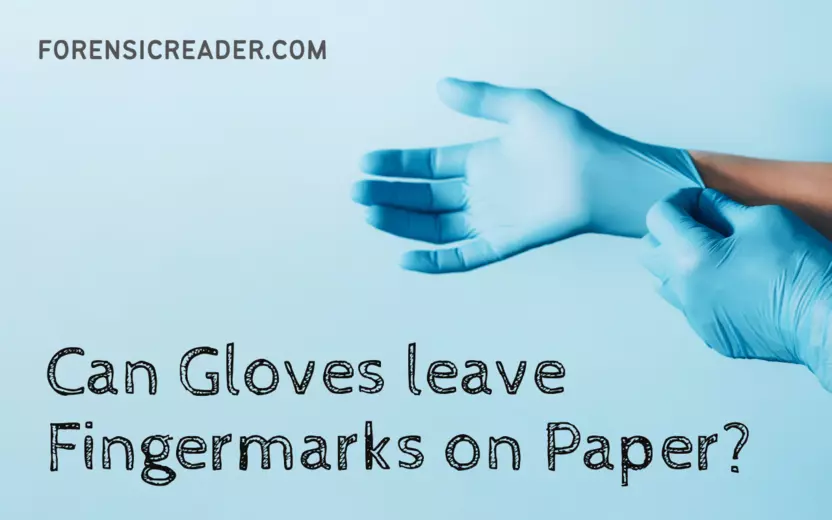
That has been proven false in a number of cases, especially when wearing thin disposable gloves.
A study published in the Journal of Forensic Science states their concern of using gloves in forensic examination. The study states that prints can be registered when wearing thin vinyl gloves.
As a precaution, the Forensic Document Unit (FDU) recommends that all questioned documents be handled while wearing thick rubber gloves or white cotton gloves.
Read More: Fingerprints & Gloves: Do Gloves Hide Fingerprints? [No They Don’t] A Forensic Aspects
Myth 5: Indentation Removes Finger Marks on Paper
Indentation is a type of physical damage but they can’t erase the finger marks. Because dents deepen the surface but can’t change what is absorbed on paper.
You can just imagine that you watercolored a white paper with a maroon color and then indented it. With time, this watercolor soaked in the paper and physically indenting can’t remove them.
Similarly, if the paper is printed, handwritten, or finger marked, those characteristics will be retained even after indentation. However, too much indentation can disrupt the fibered surface and may physically damage the fingermark area.
Myths 6: Blotting With Inks Makes Prints Unidentifiable
You’ve probably seen in movies how govt files labeled “Classified” have a large number of black dashes that paint the surface quite well so no one knows what is behind that.
But in reality, things are different.
If two inks are used: one for the writing/printing and another for the blotting. Forensic analysis using different light sources, particularly infrared (IR), can reveal what is behind that.
However, in some cases, painting them with ink or using markers makes the latent print more visible. This is because blotting ink absorbs into the paper over time, making latent prints more permanent.
Read More: 11 Reasons Why Fingerprints Used for Identification: A Forensic Aspect
Myth 7: Burning Destroys Finger Marks on Paper
Isn’t burning more than enough to remove your prints from paper?
Only Slightly! Burning alone can’t destroy the finger marks on paper but destroying ashes does. A study by Ethier and Jasra shows how they developed fingerprints on burnt documents.
Try this out! Burn a small piece of newspaper. Even after burning them to ashes, you still find what is written over them. This is because of the inorganic ink used for printing.
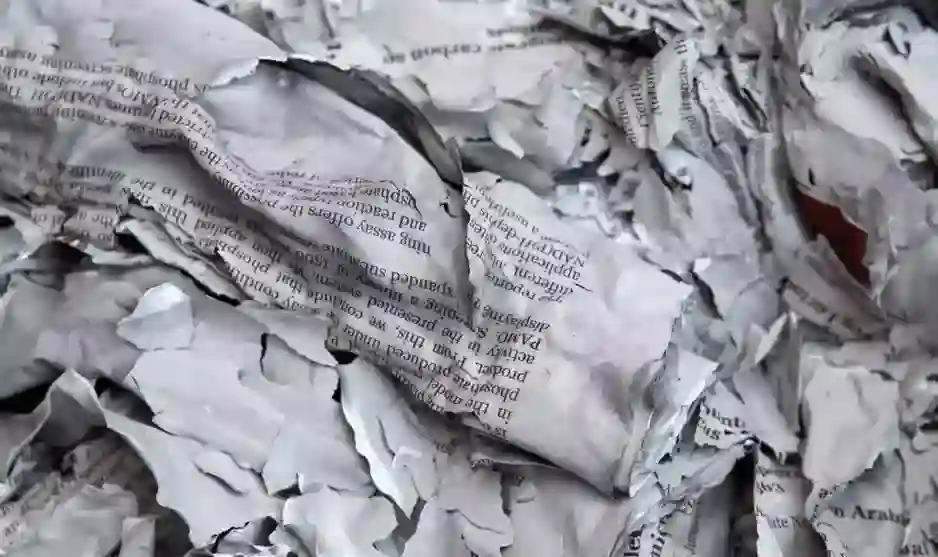
Similarly, fingermarks leave inorganic body salts behind, making them identifiable even if they are burnt (charred documents).
Myth 8: Fingerprint Overvalue Questioned Document Examination
This might not be a misconception, but I realize this should be included in this list. This is just my thought about it.
Individual fingerprint never changes, and no two writings are the same. Both have different identification principles. This doesn’t mean fingerprints are always the best.
Let’s take this example:
If a person’s fingerprints were found on a handwritten QD. Now, without a handwriting analysis, he/she can’t be convicted for writing it. It might be a case that he/she had handled that document prior to their use or someone fabricated their fingermarks.
Without a handwriting analysis report, even a court cannot juggle a person for the punishment that he/she probably did not commit.
Myth 9: Fingerprints Development Preferred Over QD Examination

I used to think the same until I read the rule of thumb for fingerprints on questioned documents.
The rule states: Document analysis should be performed prior to fingerprint development when QDs have fingermarks.
This is because fingerprints on paper are majorly required for chemical applications that can hinder paper analysis. You can check the list of all the reasons why questioned documents examination is performed prior to fingerprint development.
Myth 10: Touching Paper Always leaves Latent Fingermarks
You probably have touched millions of pages in your lifetime. And fun facts; prints can be even developed after 40 years.
Does this mean all those pages have your fingermarks? NO. Because touching alone can’t make latent fingermarks on the paper.
The main cause of fingermarks on paper is perspiration. And personal and environmental factors are the primary causes of perspiration. That is why your question paper may have them but your personal diary does not.
Know More: Destructive and Nondestructive Techniques of Developing Fingerprint on Paper
Another common reason for your prints not being registered even after bare hands are:
- You naturally don’t sweat more
- Paper is glossy
Myth 11: Lifted Fingerprints Befooled Biometric
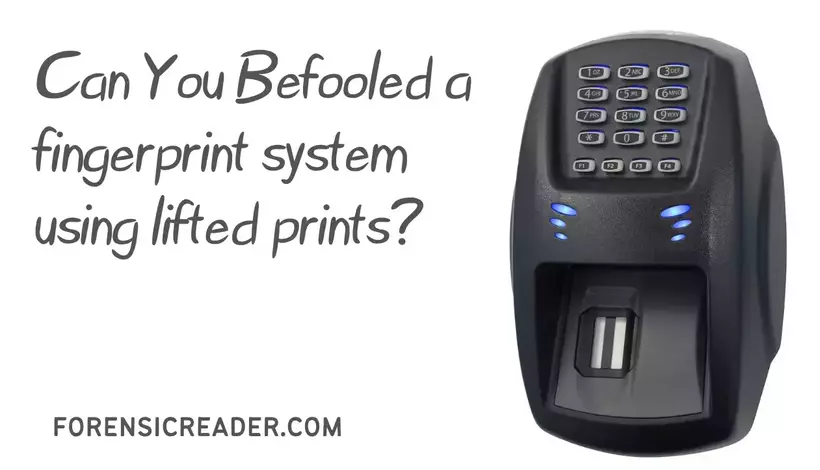
There are numerous movie scenes in which a biometric system is breached with lifted fingerprints.
Is it even possible? Personally, I tried it, but it never worked for me. This is because I used a 3d biometric system.
There are two technologies, one outdated 2d and the other is 3d technology. 2D technology uses a 2d camera— take a snap of the fingerprint and compare them.
While 3d is more accurate. It mainly uses ultrasonic waves to trace down the elevated ridges like sonar systems in water ships.
However, a study of 2018, titled “DeepMasterPrints” has befooled more than one in five fingerprint systems. This doesn’t mean you can do it at your home without any proper casting material.
Myth 12: Water Destroys Fingerprints on Paper
Immersing a paper in water doesn’t destroy the fingerprints. Unless, of course, the paper gets destroyed.
With immersion, paper fibers begin to swell and disintegrate. This probably takes days in running water. In still water, it takes a couple of weeks, till it starts disintegrating.
This all depends on the thickness and paper fillers used by the paper manufacturers. In the best-case scenario, the fingerprints can be developed if the paper is found in still water within a few weeks.
Myth 13: Lifting Prints Removes Fingerprints from Paper
This is also a misconception. If you lift a fingerprint from a non-porous surface, there are still multiple possibilities of getting it.
This is because fingermarks residue gets absorbed in porous surfaces. So, if you just develop a fresh print using the powder method on paper, there are still at least 2 to 3 times to get intact fingermarks.
Also Read: Why is it Not Advisable to Lift Fingerprints from Paper?
However, the possibility of getting them after 3 times depends on how old the prints are and their stickiness. Still, they can be developed by chemical methods like ninhydrin.
Myth 14: Heat Removes the Fingerprint From Paper
First of all, Heating is different from burning. Heating is the addition of thermal energy while burning is the chemical oxidation reaction.
When you heat a paper, it starts losing its brightness and becomes tan. This is also used as a technique for making the paper appear older.
Check more: How to calculate brightness of paper.
Factly, heating paper can’t destroy fingerprints. Conversely, they make them more visible. Because of heating, the fats and lipids from finger residue start to melt (human fats melt at most 41° C), causing contrasting marks on the paper.
However, too much heating can initiate burning but still fingermarks can be recovered if ashes are intact. There’s no way out, buddy!
Final Thoughts
You just hit a list of not-so-common myths related to questioned documents and fingerprints. Have you enjoyed it? I am sure you find this helpful.
These are some of the resources for you. Check them out.
- Legal Obligation of Person’s Fingerprints Over Questioned Documents
- How to Develop Fingerprints on Papered Questioned Documents?
- Types of Fingerprint Powders: How to Select one based on Different Surfaces With Examples
- Can a Watermark on Paper be Forged? Prevention and Detection

FR Author Group at ForensicReader is a team of Forensic experts and scholars having B.Sc, M.Sc, or Doctorate( Ph.D.) degrees in Forensic Science. We published on topics on fingerprints, questioned documents, forensic medicine, toxicology, physical evidence, and related case studies. Know More.
